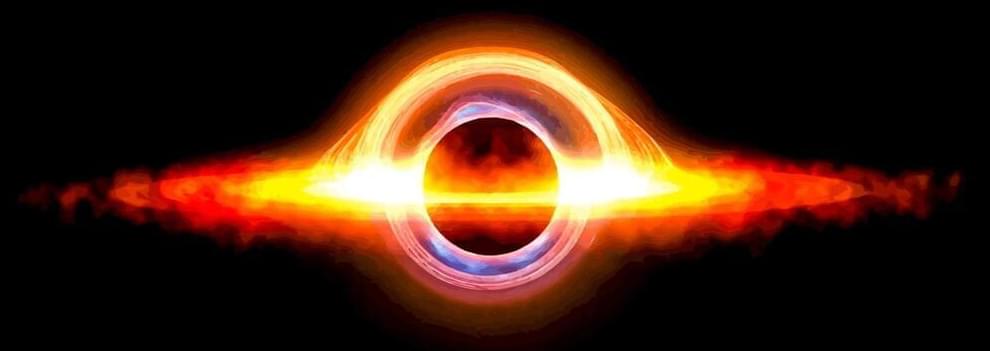Astronomers detected a supermassive black hole only 750 million years after the Big Bang.
Astronomers discovered a rapidly growing black hole in one of the most extreme galaxies from the early universe. Scientists from the University of Texas and the University of Arizona detected the colossal giant using the Atacama Large Millimeter Array (ALMA) radio observatory in Chile.
Their observations shed new light on the formation of the earliest supermassive black holes and their role in early galaxies.
A supermassive black hole in an extremely active galaxy.
Paul Jansen/iStock.
Scientists from the University of Texas and the University of Arizona detected the colossal giant using the Atacama Large Millimeter Array (ALMA) radio observatory in Chile.
